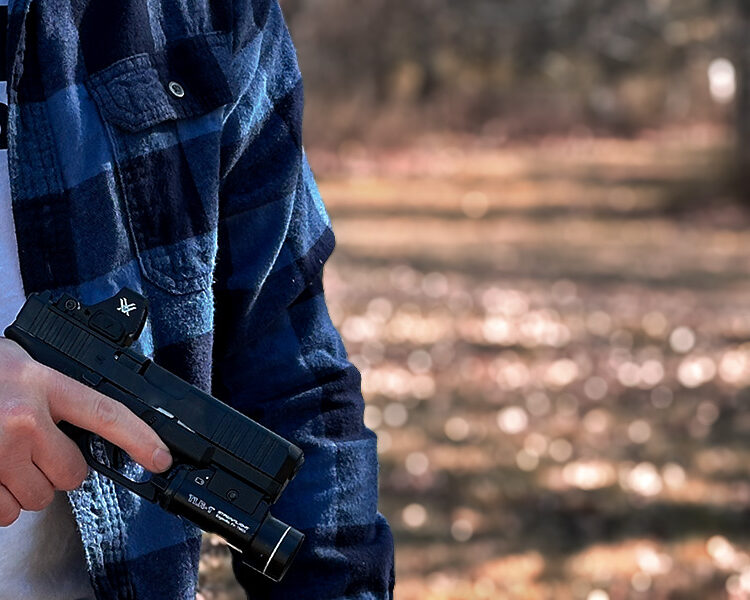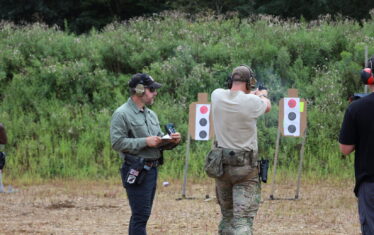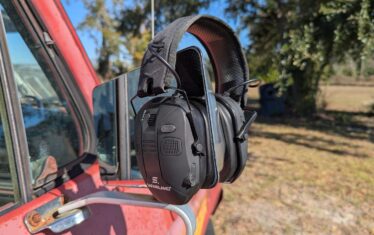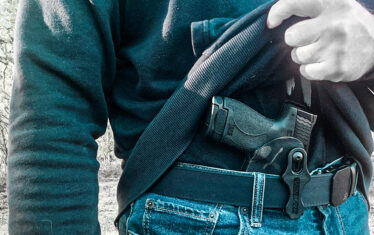In today’s world, being aware of your surroundings is more important than ever. One aspect of situational awareness involves recognizing if someone is carrying a concealed firearm.
While many law-abiding citizens carry firearms for protection, criminals also carry weapons to commit crimes. Knowing how to spot someone carrying a concealed firearm can help you stay proactive and potentially avoid dangerous situations.
I work in law enforcement and over the years I’ve grown used to observing areas around me. If it’s a room, I glance around noting where exits are, windows, and the people in the room. When walking through crowded areas, I can’t help but notice the people as they are approaching me.
It’s not like the movies where I can give a full description of every person in the room. That level of detail is reserved for the Hollywood stars acting out their CIA roles. But it’s a good idea to glance at your surroundings so you have a little more information in case something goes wrong.
If you suspect someone is carrying a firearm, it doesn’t mean you need to do anything. But it helps your brain start to pre-plan what you will do if something goes wrong.
Who Carries Concealed Firearms?
A wide range of individuals carry concealed firearms. Off-duty law enforcement officers, including police, sheriffs, and federal agents, often carry their guns even when not on duty. Other officials, such as coroners, judges, juvenile officers, and probation and parole officers, may also carry concealed firearms.
However, the largest group of individuals carrying concealed firearms consists of ordinary citizens. These individuals carry firearms primarily for self-defense and protection of family, their business, etc. Many states require the completion of a formal training class to carry concealed.

In my state for example, you can conceal carry without a permit, but a class is still available. This covers basic firearms safety and firearms laws. Most law abiding citizens who carry concealed, do so in a responsible manner.
Unfortunately, not everyone who carries a firearm does so legally or with good intentions. Criminals often carry concealed firearms to commit crimes. Unlike law-abiding citizens, they may not have formal training and might not carry their weapons properly.
This unpredictability makes it essential to be vigilant and aware of your surroundings. Recognizing who might be carrying a firearm can provide you with crucial information in potentially dangerous situations.
Understanding Different Types of Concealed Carry
Understanding the various methods of carrying a concealed firearm can help you identify individuals who might be armed. Different types of concealed carry include:
- Standard Belt Holster: This is one of the most common methods. A firearm is carried in a holster attached to the belt, usually covered by a jacket or coat.
- Inside the Waistband (IWB) Holster: The firearm is carried inside the waistband of the pants, either on the hip or in the appendix position (front of the waist). This method is popular due to its concealability.
- Small of Back: The firearm is carried in a holster positioned at the small of the back. This method can be comfortable but may be harder to access quickly.
- Shoulder Rig: A shoulder holster positions the firearm under the arm, often concealed by a jacket. This method is less common but still used by some individuals.
- Ankle Holster: The firearm is carried in a holster wrapped around the ankle, typically used for smaller handguns and as a backup gun.
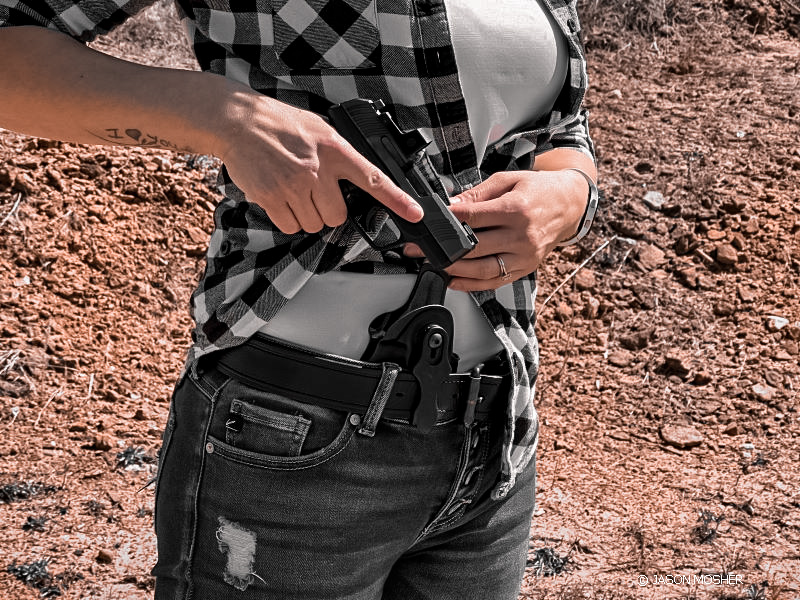
Understanding these different methods makes it a little easier to recognize someone carrying a concealed firearm. For instance, a bulge under the arm might indicate a shoulder rig. Or a slight printing on the side of the waistband could suggest an IWB holster.
What to Look For
Spotting someone carrying a concealed firearm can be challenging, as the weapon is almost always hidden behind clothing. However, there are several indicators you can look for.
- Printing: Printing refers to the outline of a firearm visible through clothing. This can occur when the clothing is tight or when the person bends or moves in a way that reveals the shape of the gun.
- Unusual Clothing Adjustments: People carrying concealed firearms often adjust their clothing repeatedly to keep the weapon concealed. Frequent adjustments, such as tugging at a jacket or shirt, might indicate a concealed firearm.
- Bulges and Sagging Clothing: A noticeable bulge in the clothing or sagging on one side of the pants or jacket can suggest a concealed firearm. This is especially true if the bulge is in a location consistent with common carry positions, such as the waistband or under the arm.
- Unusual Behavior: People carrying a firearm without a proper holster may exhibit unusual behavior, such as keeping a hand on their pocket to prevent the firearm from moving. This behavior is suspicious and worth noting.
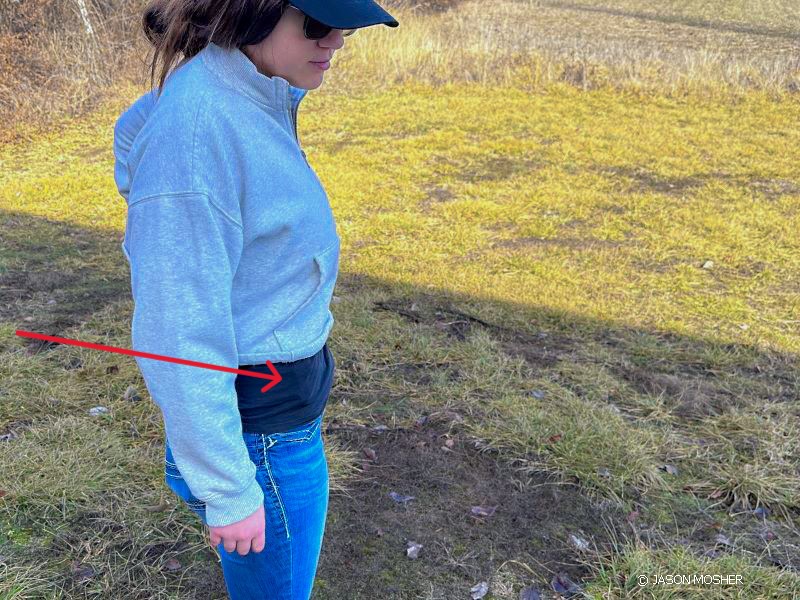
Criminals often carry firearms improperly, which can give them away. In the movies they often stick a handgun in the front of their pants with no holster. This is one depiction Hollywood actually gets right. During my career, I’ve seen a lot of criminals carrying handguns like this.
Carrying a firearm improperly will lead to obvious bulges or unnatural movements. By paying attention to these signs, you can better identify individuals who might be carrying concealed firearms.
What Should You Do When You Think Someone Is Carrying a Firearm?
When you think someone is carrying a concealed firearm, the first thing to remember is that it’s legal, for most people. I carry a firearm daily, so it doesn’t seem odd when I notice someone else carrying one. My brain makes a mental note of it and I move on.
What I’m looking for is a combination of a firearm and suspicious behavior. I also just like knowing who else around me is packing. If the worst happens, it’s good to know if the guy sitting behind you could pull out a gun in self-defense.
So, here are some options, depending on the situation at hand.
- Observe and Assess: Take note of the person’s behavior and appearance. Are they acting suspiciously or engaging in activities that seem unusual? If the person appears calm and is going about their business, there might not be any cause for concern.
- Maintain Awareness: Keep an eye on the individual while maintaining your situational awareness. Stay aware of your surroundings and the people around you.
- Avoid Confrontation: Do not confront a person directly. If someone is acting suspicious, confronting them will make things worse.
- Notify Authorities: If you observe suspicious behavior or believe there is an immediate threat, notify law enforcement. Provide them with as much information as possible, including the person’s description, location, and behavior.
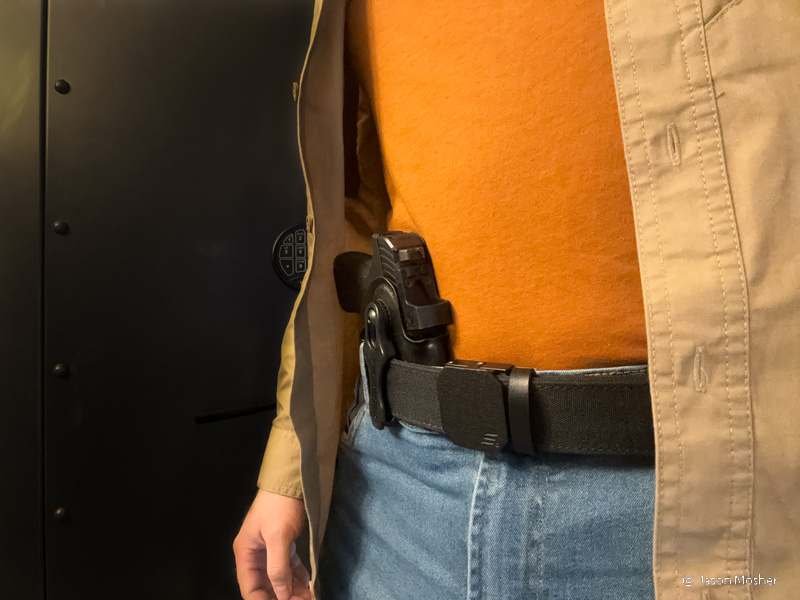
It’s important to balance vigilance with respect for an individual’s rights. Many people legally carry firearms for protection, and their presence does not necessarily indicate danger. However, staying alert and recognizing potential threats can help you respond appropriately in a crisis.
Just one more part of being prepared
Spotting someone carrying a concealed firearm is a skill that requires observation and awareness. When I carry larger handguns, I’ve noticed I often pull my pants up just a little because the gun slowly pulls down on them.
I’ve also noticed people wearing shoulder holsters tend to keep their arm against the holster without realizing it. There are small things people do that indicate the possibility of a firearm. In other cases, you may not be able to tell at all.
Most criminals are not good at concealing firearms when compared to citizens who carry them every day. Learning to be observant and keeping an eye out for those little signs is an important step to being prepared at all times.





